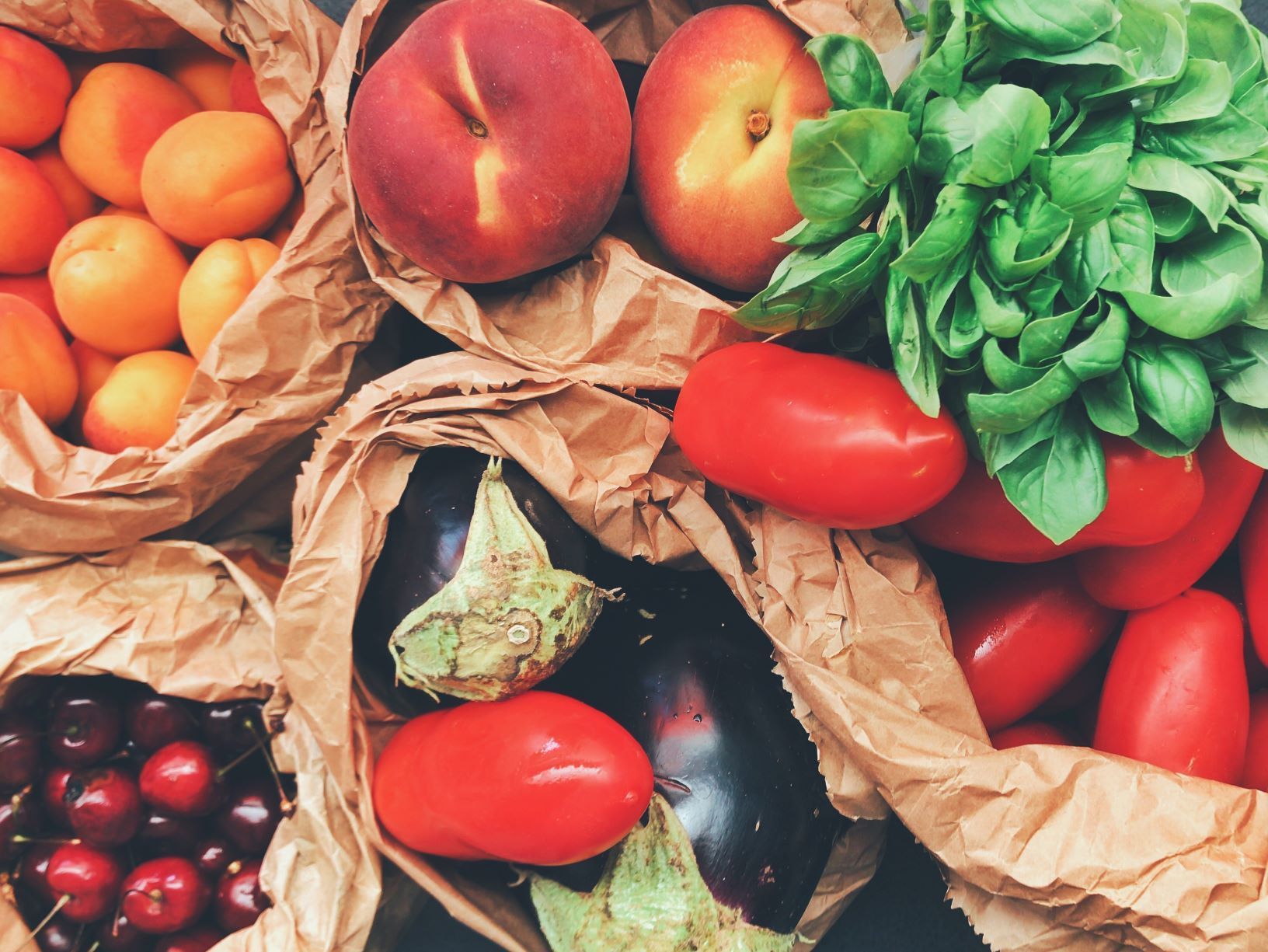
Fighting food waste
Food waste halved by 2030. That is the ambition of Sustainable Development Goal 12. In the Netherlands, this involves no less than 2 billion kilos (!) of food per year. Time to take action!
The province of South Holland would also like to help achieve this goal. This is particularly interesting because not only do many people live in this region, but a great deal of food is also produced. Plus there are huge volumes of import and export through the port of Rotterdam. In short, plenty of opportunities. That is why we looked at the largest food flows for the province of South Holland, the main parties concerned, the corresponding chains and where ‘profit’ can be made.
Of course we are also looking into how the province can help with this. We are mapping out where we can combat waste. And we are also looking for new opportunities. For example, by ‘adding value’ to residual flows of the highest possible quality. In this way, we are creating new revenue models, combatting food waste and working on a circular economy.
Our most important finding at the end of this journey:
Nobody likes to see food go to waste, and all the parties in the food chain are working hard to prevent this from happening. Residual flows are therefore small and very incidental. But how do we also preserve these residual flows in the food chain? Processes in the market are not designed for irregular flows, so they are not economically attractive. Yet it can still involve enormous quantities of food.
By combining the residual flows from the entire region, you get enough mass to set up processes. That’s exactly the type of role that a province can play! One of the conditions is more transparency in the chain: where are which flows lost? In combination with a benchmark, we can make a huge impact!
Like to get in touch?
Mark would be happy to update you
Are you interested in this research and would you like an update? Feel free to call along to our office!